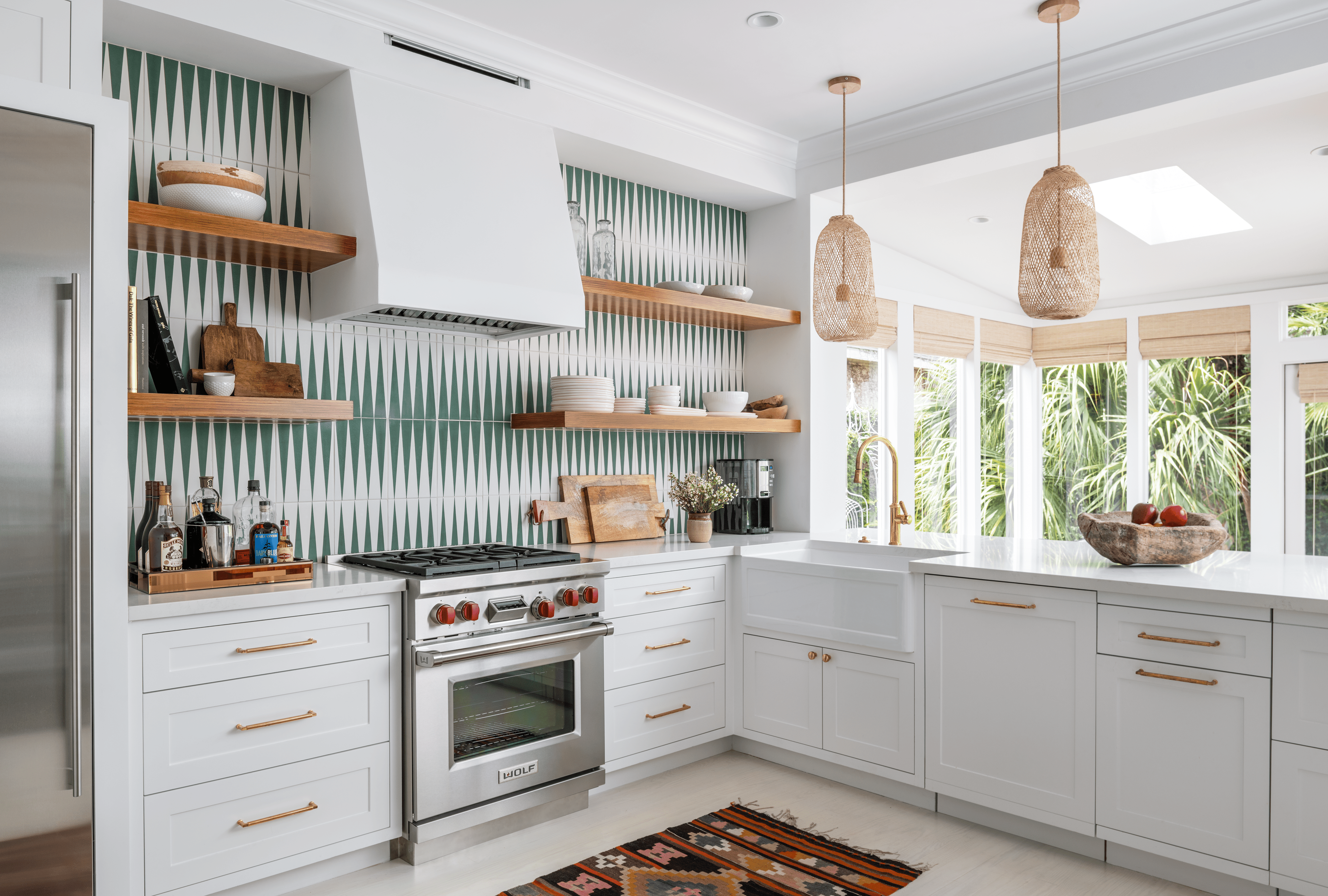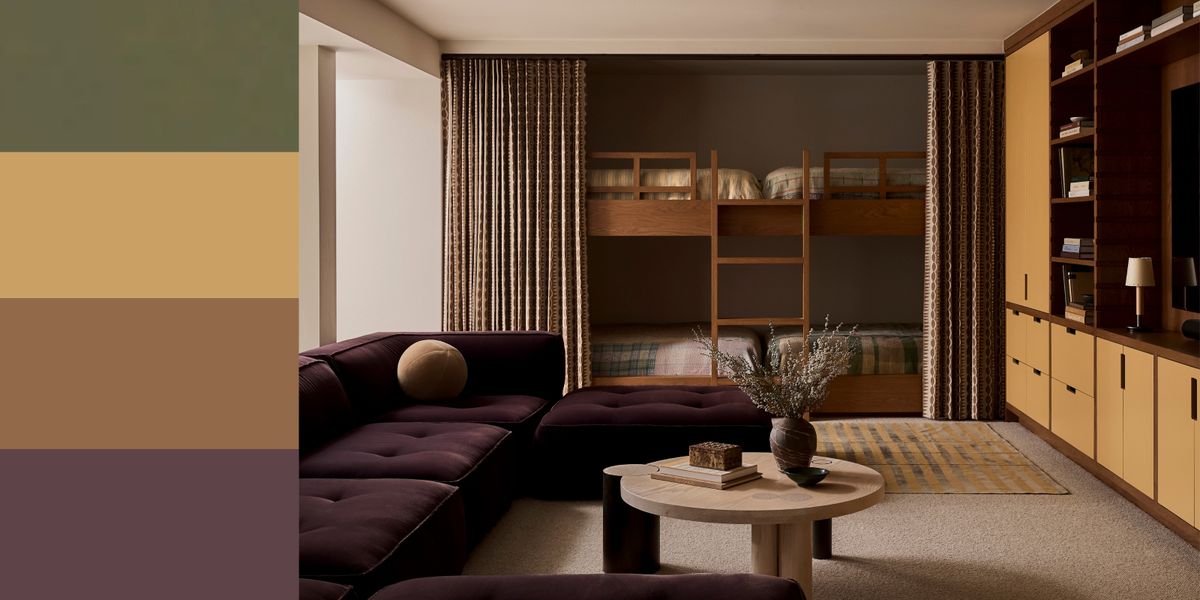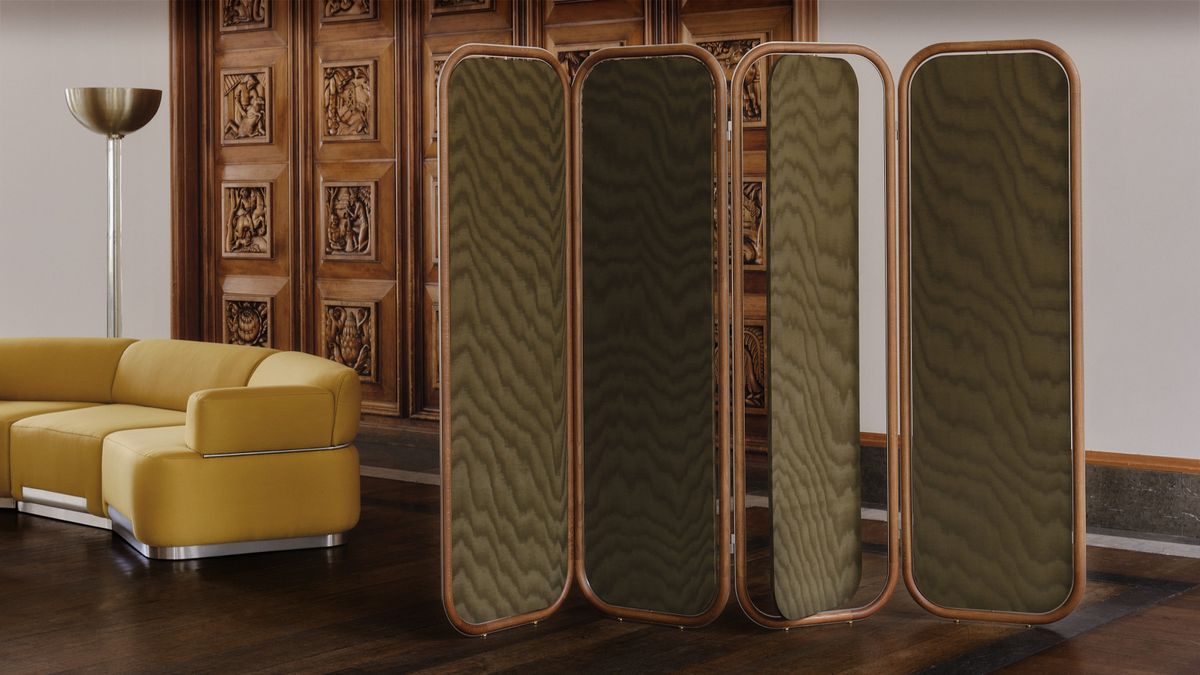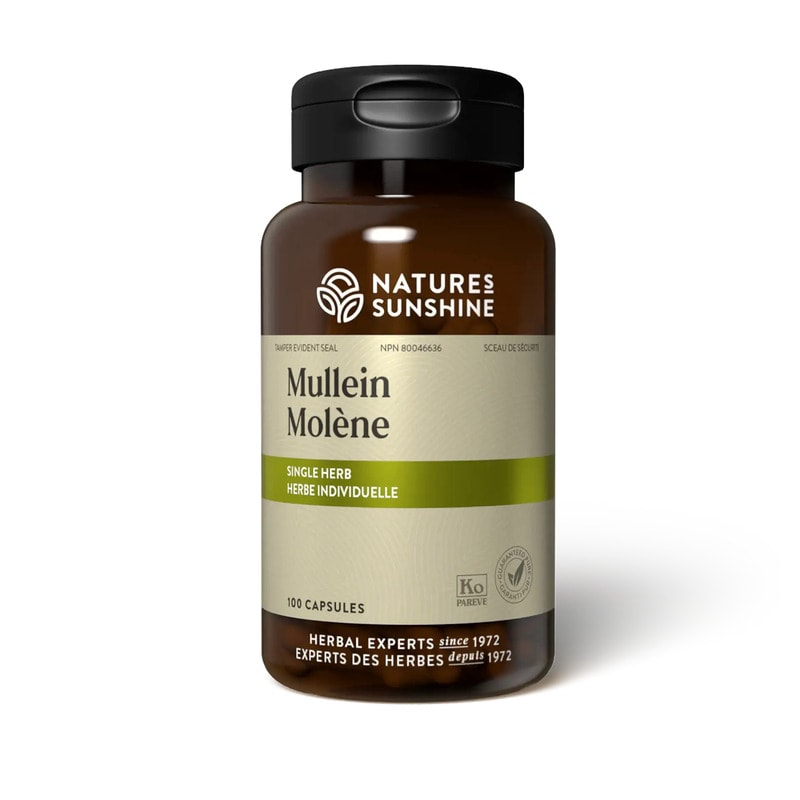
The 75 Hard Challenge for Your Home Will Make Your Space Unrecognizable—and Give You Mental Clarity
If you’ve been on TikTok lately or follow what’s going on in the wellness world, you’ve probably heard of the 75 Hard challenge. This “mental toughness” program is about building consistency and resilience through 75 consecutive days of a rigorous diet, exercise, and wellness routine. The challenge has spread among influencers and fitness buffs, with over 80 million tags on TikTok. However, it’s also drawn its fair share of critics, who point out that the strict rules and requirements aren’t sustainable for the average person or those with pre-existing health conditions.
As a result, accessible spinoffs have been created and popularized, including the 75 Soft and 75 Medium. If you love the idea of a transformation challenge but not so much the emphasis on diet and fitness, Taskrabbit has you covered with their take on the trend: a 75-day home transformation challenge that’s all about progress over perfection.
Taskrabbit’s 75-Day Space Transformation Challenge
Taskrabbit’s 75-day space transformation challenge includes tasks related to several key areas of home improvement, from upgrades and decluttering to deep cleaning and minor renovations.
“Instead of two daily workouts and a gallon of water, Taskrabbit’s 75-Day Hard Challenge encourages participants to tackle one manageable home improvement project each day,” reads a press release. “Think of a sustainable glow-up for your space, getting ahead of the traditional spring cleaning rush while actually making those ‘new year, new home’ dreams attainable.”
The premise is simple: Complete one home improvement task a day for 75 days to completely refresh your space and clear your home to-do list. Besides this, the rest of the challenge can be personalized to your liking. However, if you need some guidance, Taskrabbit compiled a day-by-day guide to follow: It includes a range of tasks, from simple ones like “clean and sanitize your trash cans” to more time-consuming chores like “re-grout the bathroom or kitchen tiles.”
Not a fan of DIY home improvements? Professional Tasker Vanessa Garcia says outsourcing the tasks is a clever way to manage your own time, stress levels, and energy while ensuring the job gets done right.
“That, to me, is the purest form of mental clarity, as you know whoever you’re hiring is an expert, and you won’t have to micromanage them,” she says.
(L) David Land, (R) Laurey Glenn
Tackling the 75 Hard for Your Home
Just as the 75 Hard is about more than just exercise and diet, committing to 75 days of home improvements isn’t just to give your home a facelift or check to-dos off a list. It’s about lightening your physical and mental load, making your home feel functional and welcoming, and establishing good home health habits. Research has shown it takes 66 days to form a habit (on average)—which means after 75 days of taking on these improvements, you’ll be well on your way to establishing lasting, positive change.
Tips for Completing the Transformation
First, review the day-by-day guide and decide whether you will complete it as is, swap a few ideas out, or completely create your own version. This is important, as not all the tasks on the original list may apply to you. Factors like whether you rent or own, the age of your home, and recent home improvement projects you’ve done all influence whether the existing tasks in the challenge make sense.
Once that’s established, it’s helpful to note which tasks you plan to complete yourself and the ones you need to outsource. For help with small tasks, Taskrabbit is, of course, a valuable resource. Set a budget so you don’t encounter unexpected expenses as the challenge progresses.
Lastly, after you’ve started, Garcia suggests starting each day by outlining the task you hope to complete and the steps to get it done on paper. It’s no secret that lists increase productivity, so don’t be afraid to throw the rest of your to-dos for the day on the same one—you might be surprised by what you manage to accomplish.
“By writing things down on paper, you start to visualize the things that need to get done and, therefore, start to visualize how you want them to look,” she says. “It’s almost as if you start manifesting your home—and as cheesy as it sounds, that really is the first step to having your dream home.”










